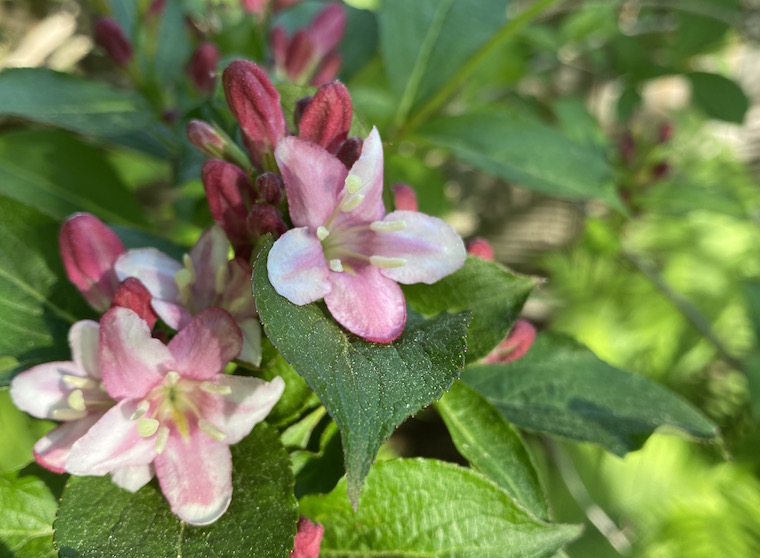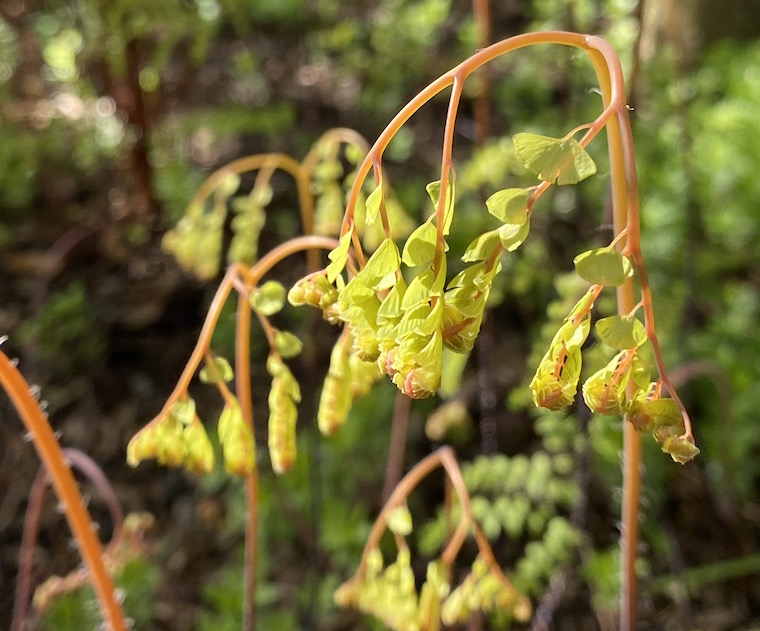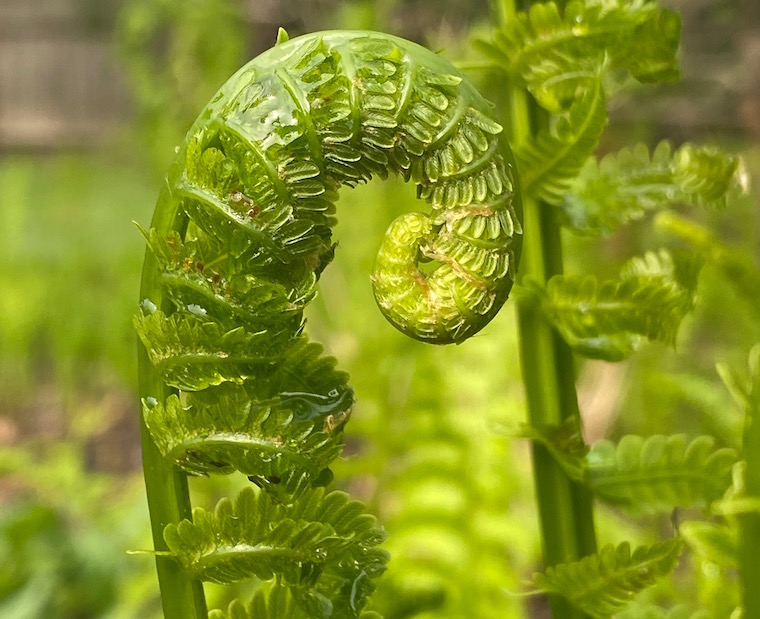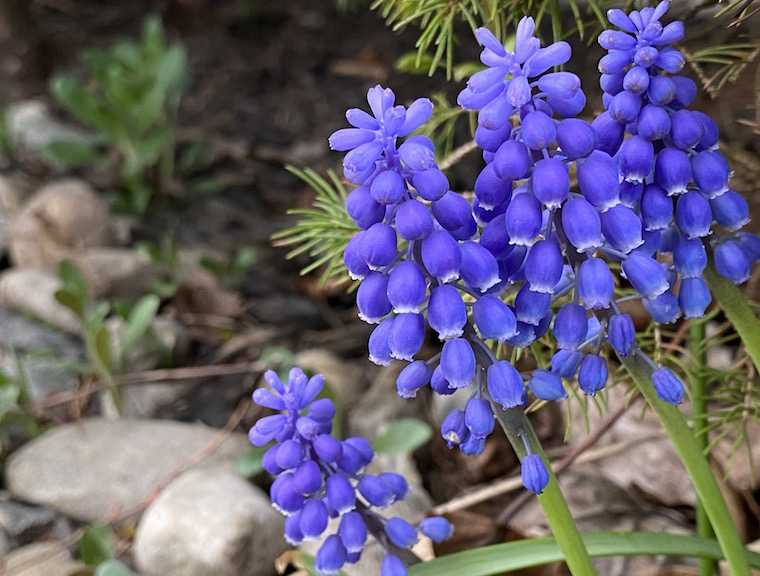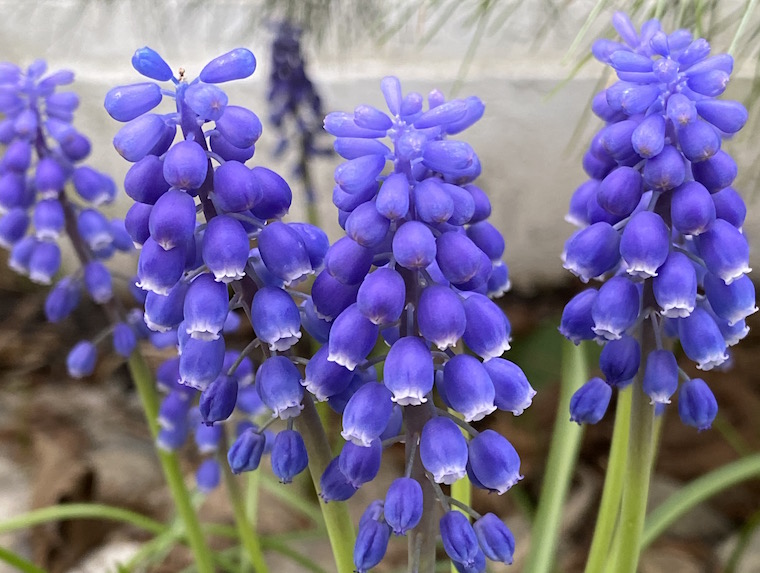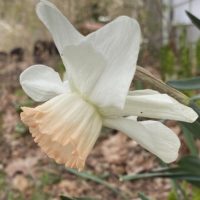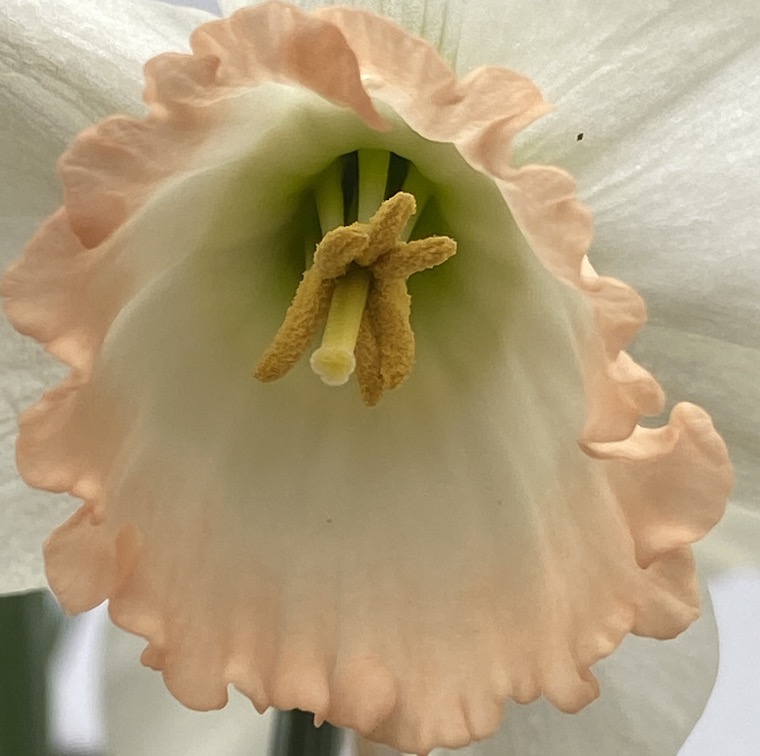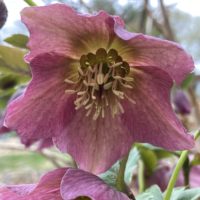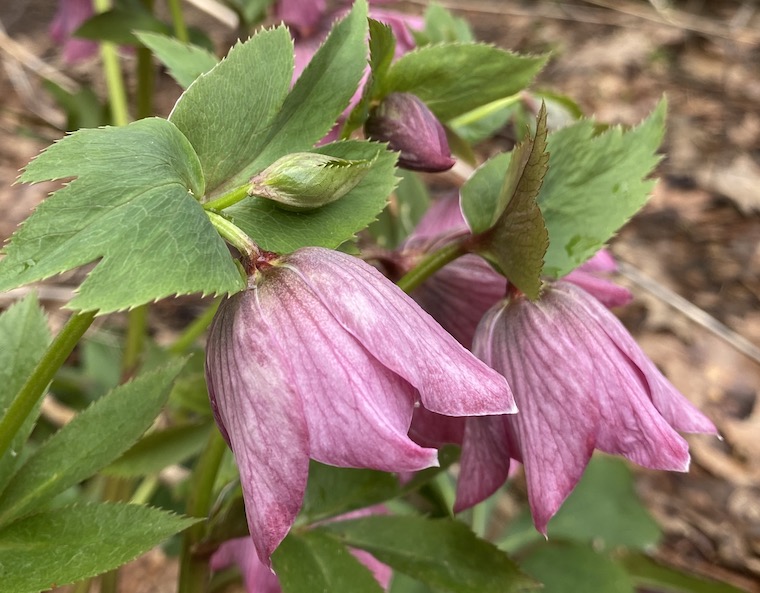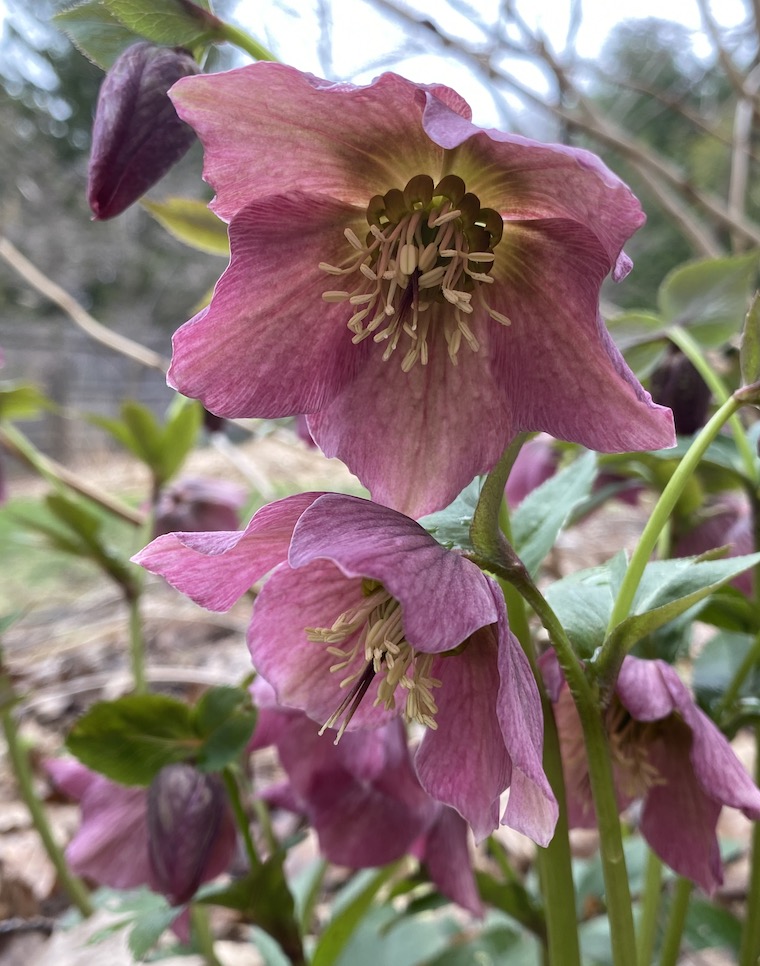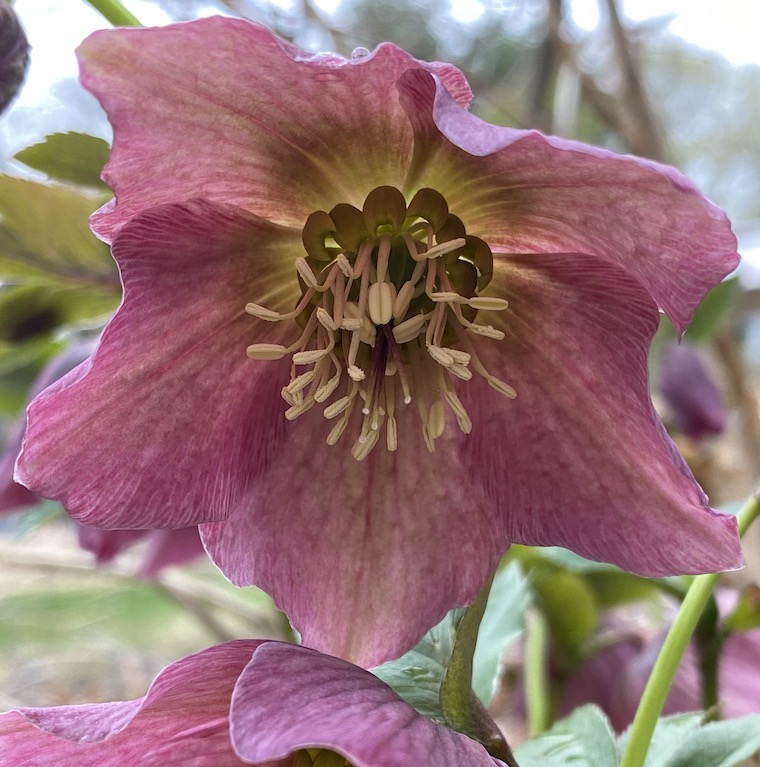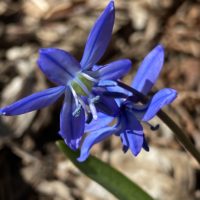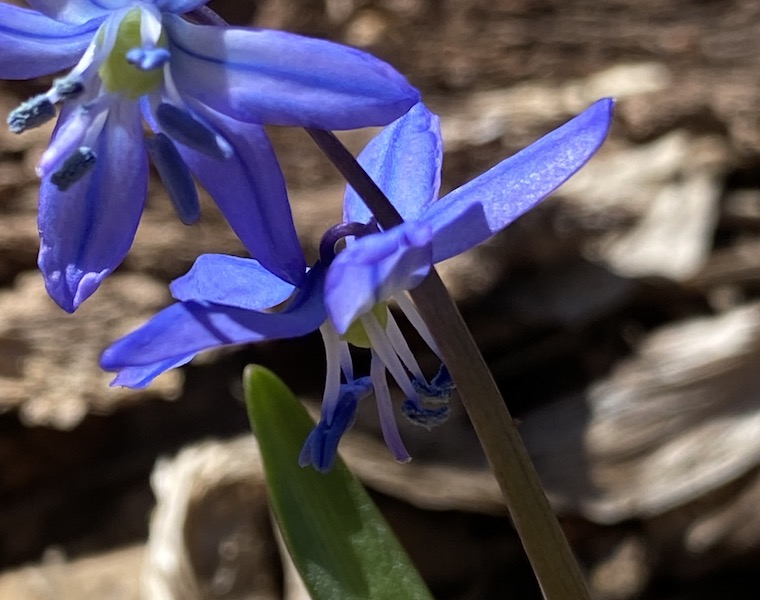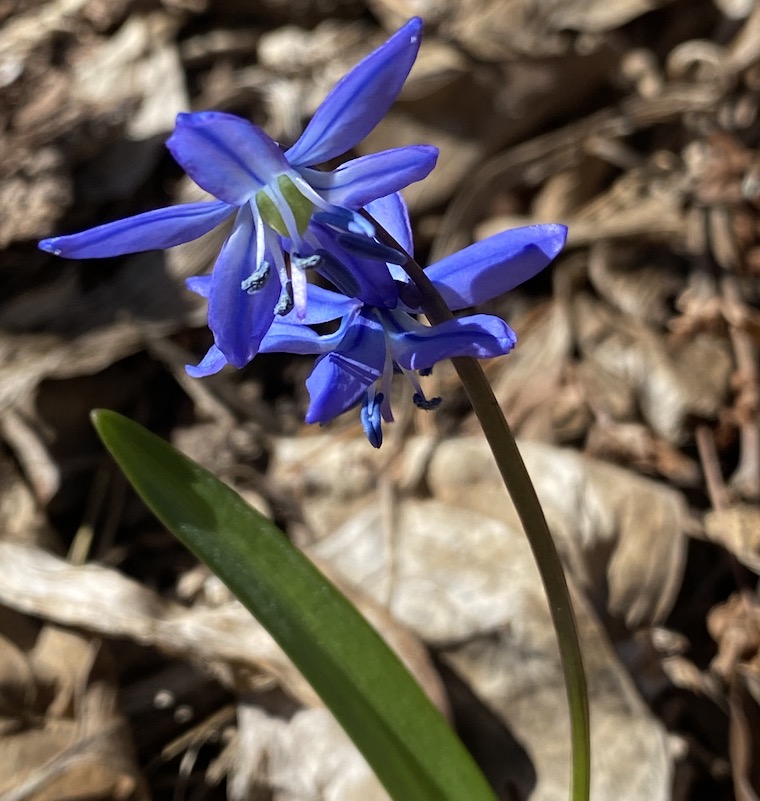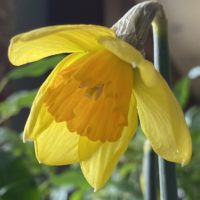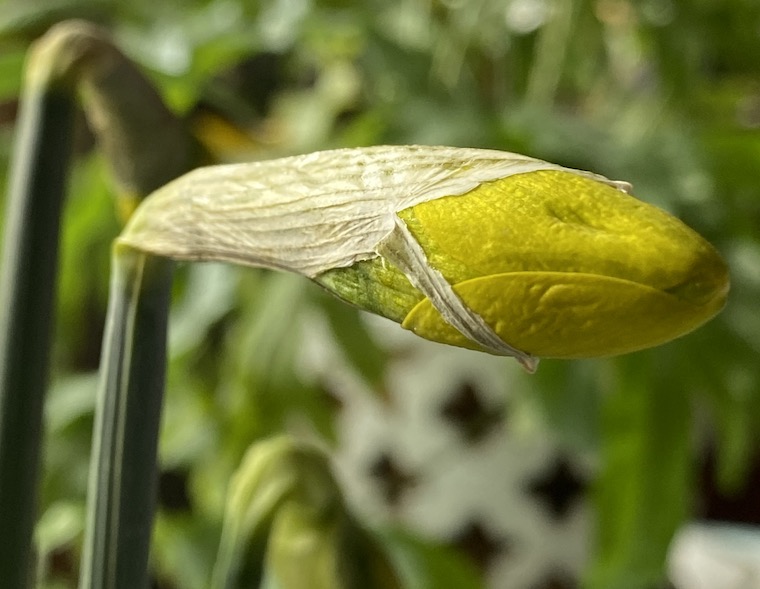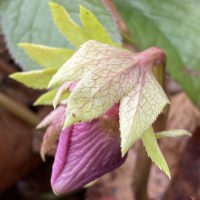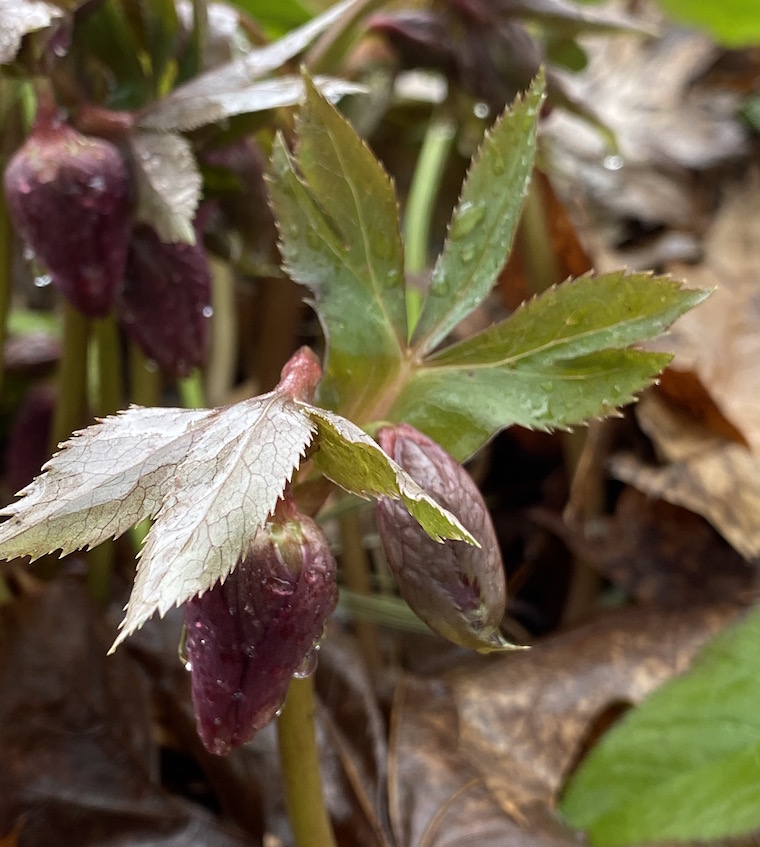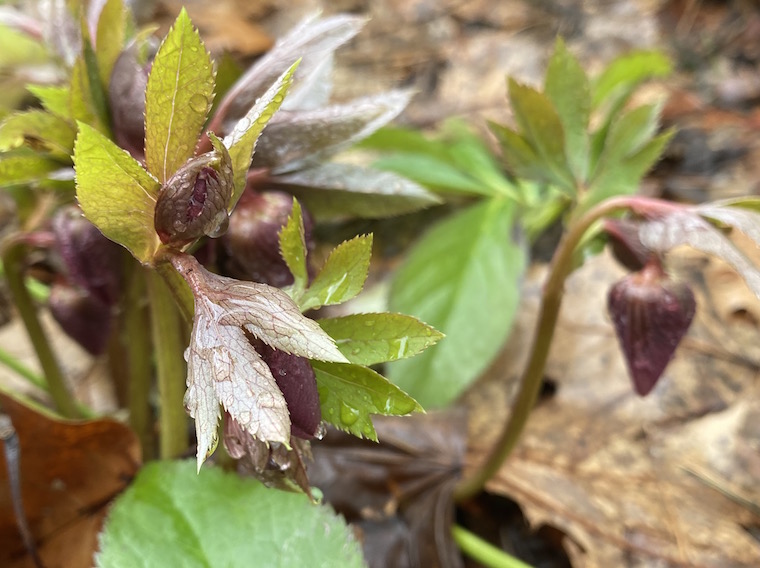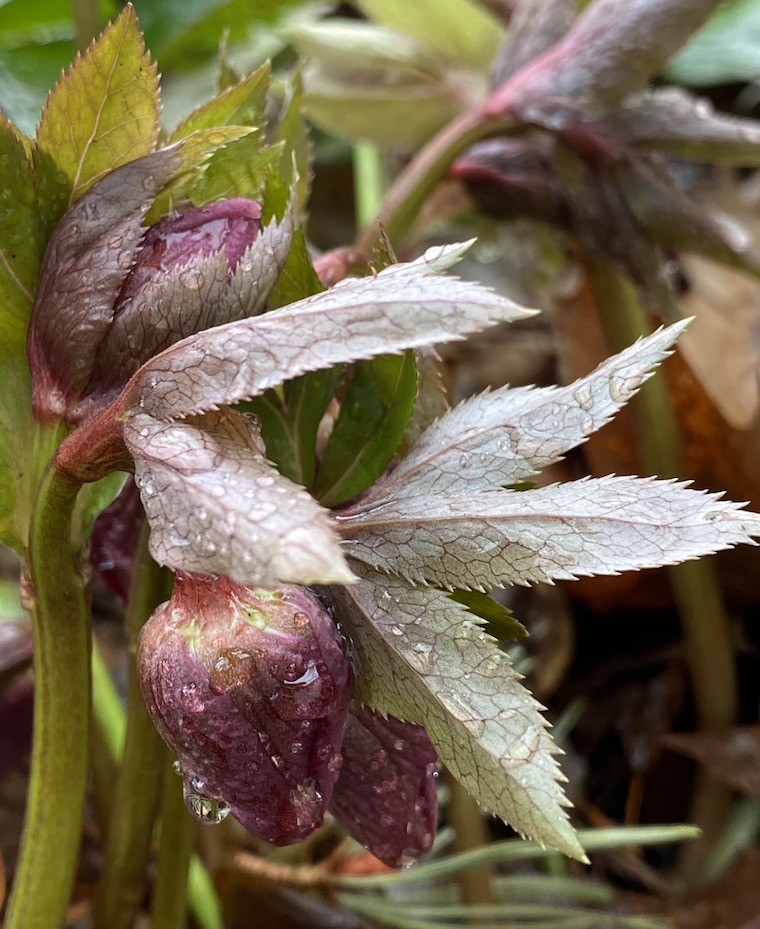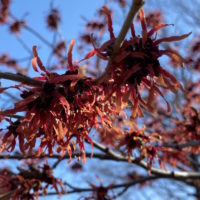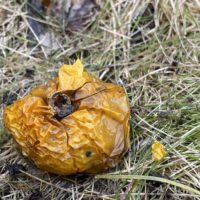When we first move into our home, there was an enormous rhododendron that took up most of the front garden. It was over-sized and had grown unchecked for what must have a been a decade or two. It dwarfed the little plot in which it was then crammed, and blocked much of the light to the largest window of the house. It’s flowering was alternately magnificent and unimpressive, depending on the year, and as it was ruining the scale and proportions of our little home, eventually it had to go.
Replacing it with a wedding cake viburnum, I failed to realize the importance of the evergreen aspect of the rhododendron, and so the winters felt bare and sparse, even if the light was welcome. After a few years, that too outgrew its space, and I transplanted a small Japanese umbrella pine to the location – a good choice for its slow-growing nature and evergreen beauty.

Every once in a while, I’ll miss that original rhody, such as when I saw these beauties at my parents’ home. In full bloom, they are spectacular, and have filled in their front yard garden plot, brilliantly painting their hot pink glory against the white brick. We always seem to come back to the classics, and it may be time to put one of these into our side-yard, where they seem to enjoy the shade and the soil, and can stretch out beyond the confines of a formal garden. (I’ve softened the stance of this original post, much like the way I’ve softened other rigidities that were once seemingly cast in stone.)








